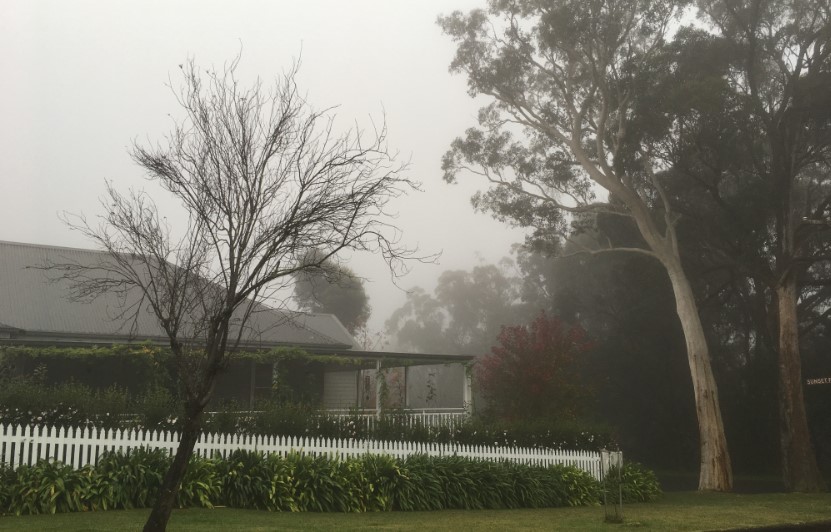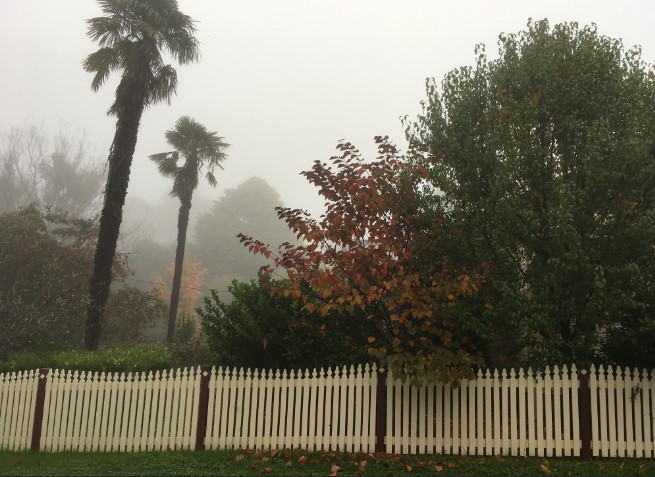What's the difference between fog and ground-level cloud?
Late on Thursday afternoon, a dense fog crept over the NSW Southern Highlands neighbourhood of Weatherzone meteorologist Jess Miskelly.
Or wait a second, was that just low cloud?
That might sound like a meaningless distinction to many of you – a bit like arguing whether Anzac cookies and Anzac biscuits are different things, when obviously, they are the same delicious snack with different names.
But it turns out that low cloud and fog are actually two different things.

Image: Is that a white picket fence or a fence with white pickets? Source: Jess Miskelly.
Fog and low cloud might look the same. They might feel the same. They might create the same sensation of damp and gloom, but that doesn't mean they are the same.
The most common type of fog we experience in Australia is what's known as "radiative fog". It forms only at night, or at dusk or dawn, when air near the ground cools to saturation, hence forming "cloud".
So your typical radiative fog happens when moisture is trapped in a small layer near the ground.
Ground-level cloud has different origins. It occurs when the atmosphere is so moist that the cloud literally extends to the ground when it rains. So basically, cloud which you might normally see at higher levels extend all the way to your front yard.
Like we said at the top of the story – similar effect, different causes.

Image: If you didn't have the foggiest whether this was cloud or fog before reading this story, your mind should now be clear. Source: Jess Miskelly.
As unofficial fog season sets in across large parts of Australia, we'll do a story here on the different types of fog – there are at least seven distinct fog types recognised by the Bureau of Meteorology.
Meanwhile you might get a fresh fog story as soon as Friday morning, with a fair chance of fog in the Sydney basin and nearby areas. We'll keep you posted.